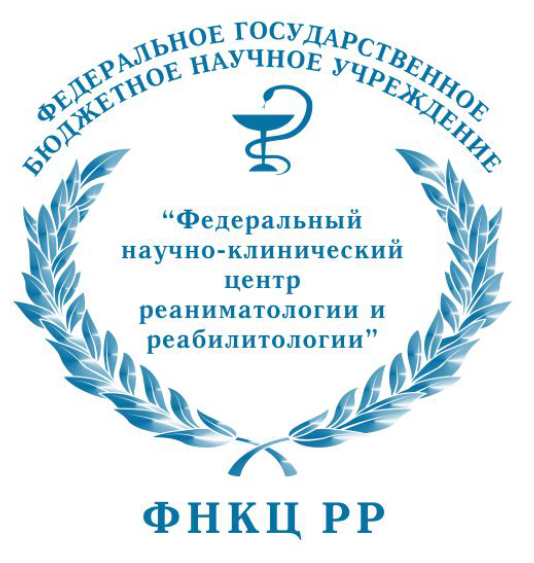
|
ИСТИНА |
Войти в систему Регистрация |
ФНКЦ РР |
||
So different intestine of free-living nematodesдоклад на конференции
- Авторы: Fedyaeva M.A., Tchesunov A.V.
- Международная Конференция : SeventIMCO – Seventeeenth International Meiofauna Conference, Grand Auditorium, University of Evora, Portugal, 7-12 July, 2019
- Даты проведения конференции: 7 июля - 12 августа 2019
- Дата доклада: 9 июля 2019
- Тип доклада: Устный
- Докладчик: Fedyaeva M.A.
- Место проведения: Evora, Португалия
-
Аннотация доклада:
The midguts of the marine free-living nematodes look in the light microscope very similar in various species. However, various species differ from one another in their diet (bacteriphagous, epigrowth-feeders, predators, etc.). The diets vary in size and solidity of food particles. Also, the species have various stoma constructions using for ingestion of various items. Since of that, we expect the midgut should also vary among species with various modes of feedings and food items. The aim of our study is an attempt to find a connection of intestine fine morphology with either diet or taxonomic position of nematode species. From our study of 12 species from various orders and families and representing different feeding groups (Bathylaimus arcticus, Oxystomina sp., Enoplolaimus sp., Paracanthonchus caecus, Halichoanolaimus robustus, Desmodora communis, Draconema ophicephalum, Tricoma marisalbi, Paramonhystera filamentosa, Sphaerolaimus balticus, Odontophora deconinki, Sabatieria ornate and Tricoma marisalbi) and drawing published data on other 33 examined species we come to conclusions that the most variable features of the midgut are apical structures of the microvillar brush and extracellular glycocalyx. Connection the midgut structures with taxonomic position of species is rather weak but nevertheless can be followed in some cases. Connection with size and solidity of food items is more evident though not strong and is expressed in thickness and structural complexity of glycocalyx, and length and density of microvilli.
- Доклад на конференции выполнен в рамках проекта (проектов):
- Таксономическое разнообразие, морфология и ультраструктура нематод. Функционирование паразитарных систем в морских и наземных сообществах
- Тонкое строение кишечного тракта и питание водных свободноживущих нематод - морфологический подход
- Добавил в систему: Чесунов Алексей Валерьевич